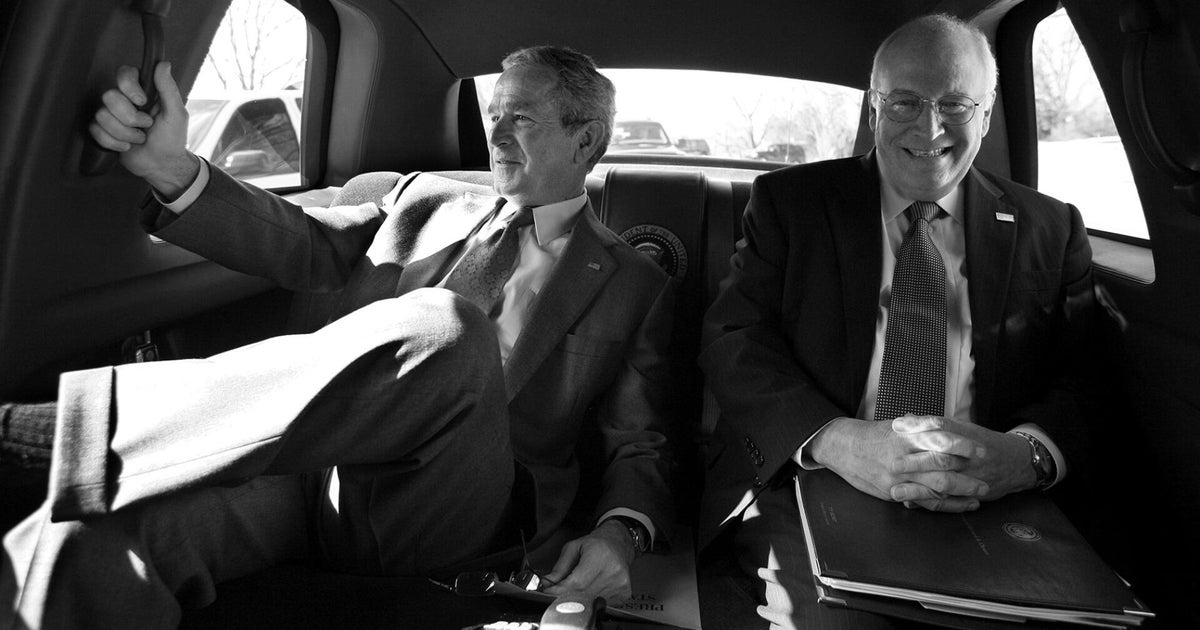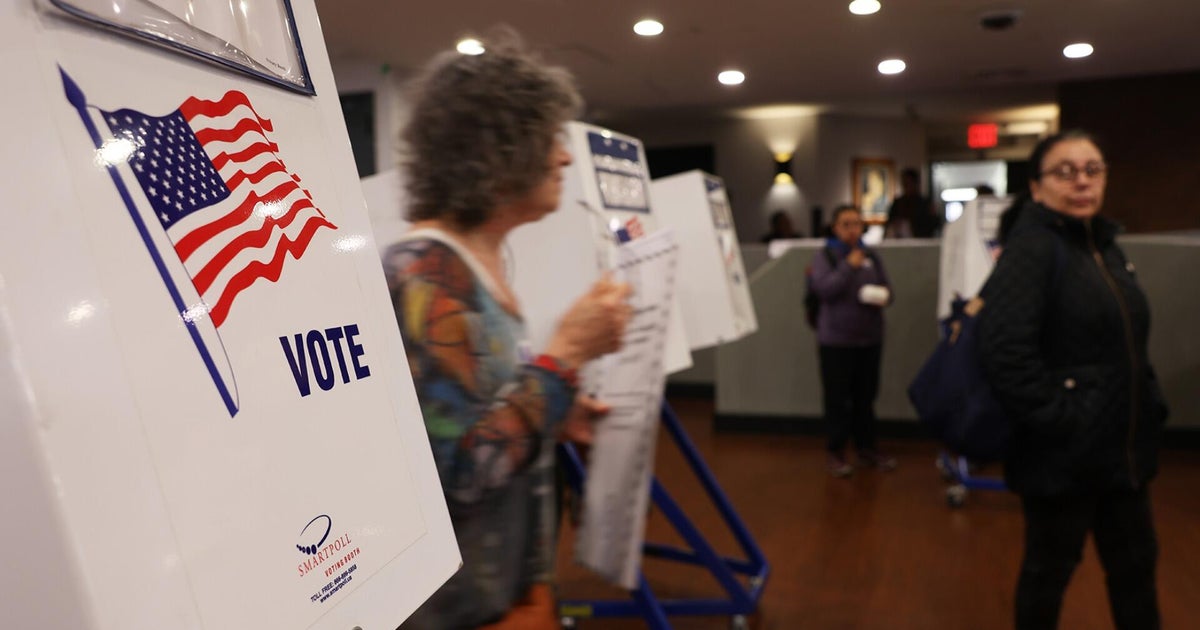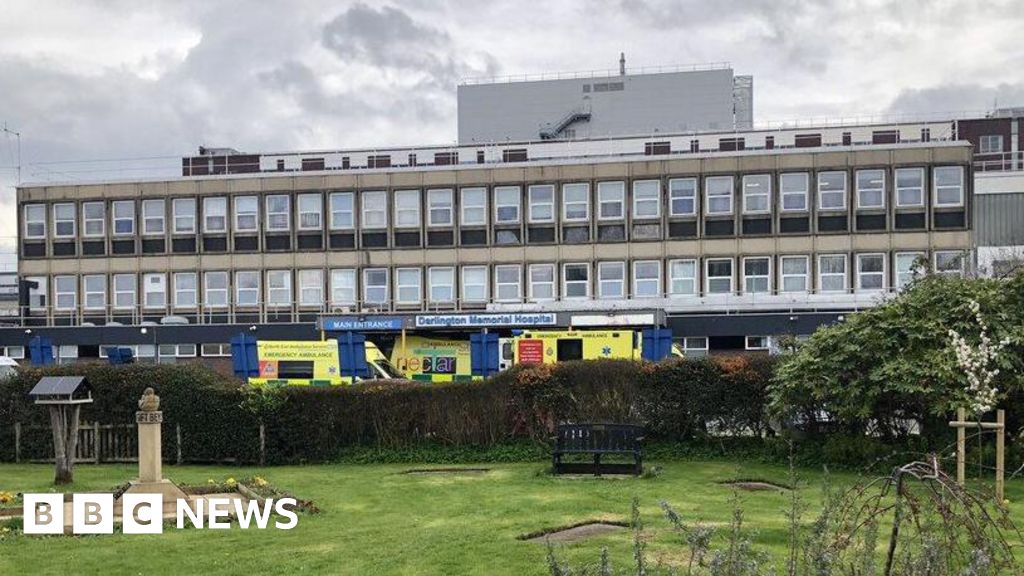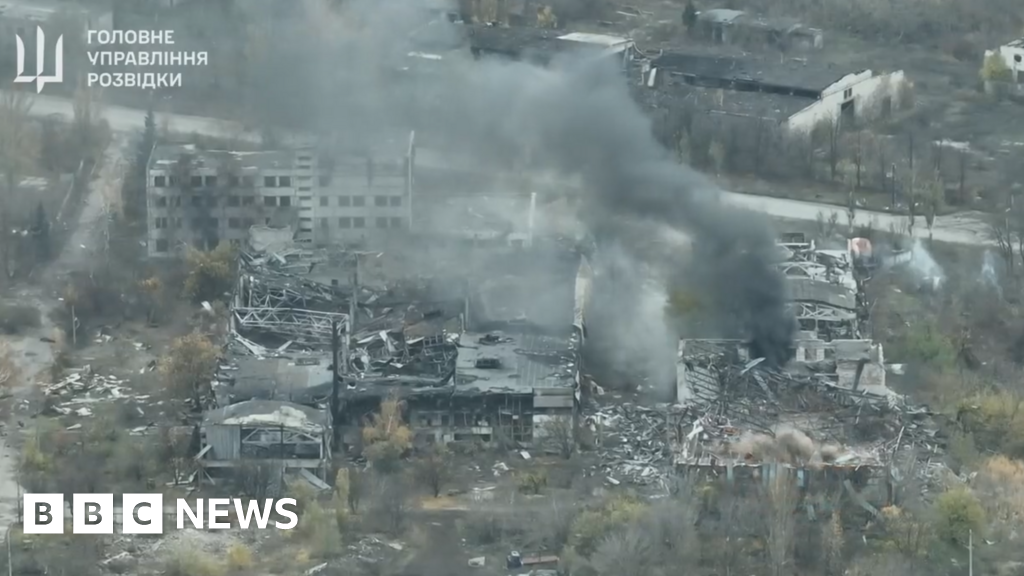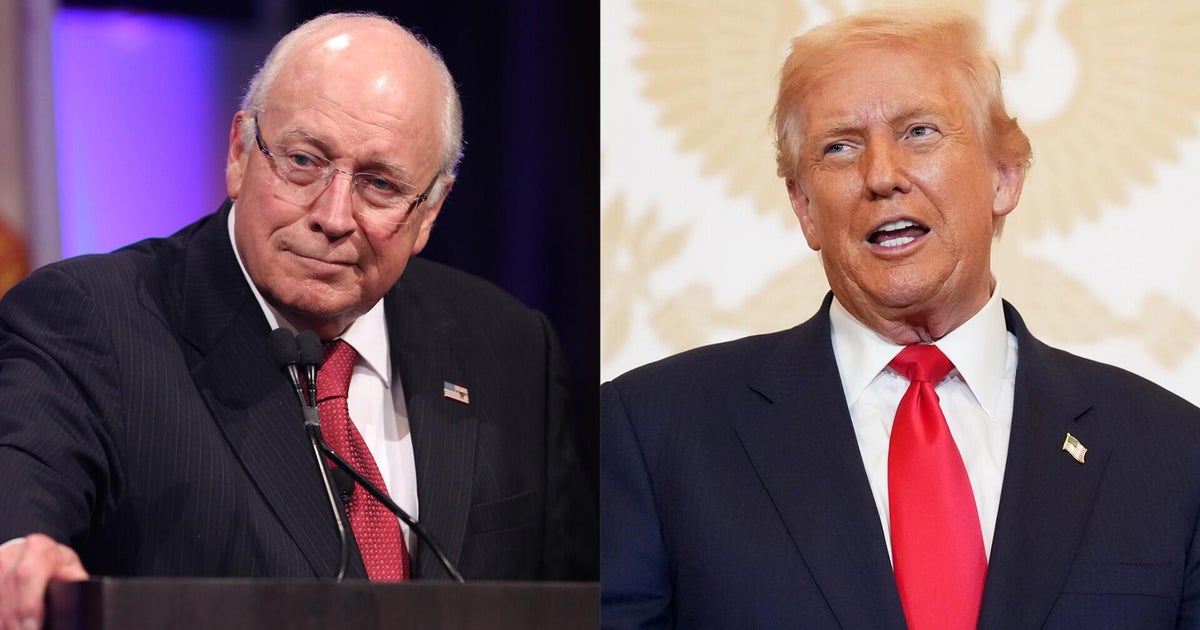Chris Leadbeater
November 5, 2025 — 5:00am
If you boil it down to the basic facts, the era of commercial supersonic flight was a European phenomenon. Concorde, its standard-bearer, arrived on the timetables on January 21 1976, as the fast fruit of a collaboration between Britain and France. The Tupolev Tu-144, its short-lived rival, was Russia’s riposte amid the chill of the Cold War.
By contrast, this dance with the speed of sound did not, to any significant extent, involve the United States. Although New York would become Concorde’s most glamorous destination, American carriers did not add supersonic jets to their fleets.
Times change, of course. More than 20 years on from Concorde’s retirement, the US is preparing to step onto the supersonic stage via Boom Overture – the state-of-the-art airliner that, capable of flying at speeds of up to Mach 1.7 (2100 km/h), has been pencilled in for a 2029 launch.
Yet this is not the first time the US has tried to crack the supersonic code. It once had its own horse in the post-war high-speed race: the Boeing 2707; the “lost American Concorde”.
Pipped by its allies
The US was certainly aware of the potential for commercial supersonic flight in the aftermath of the Second World War. Indeed, the Seattle-based Boeing had begun research into the possibilities in 1952, four years prior to the foundation of the UK’s Supersonic Transport Aircraft Committee (STAC) in October 1956.
But where Britain moved swiftly towards nuts and bolts, American thinking stayed largely tied to the drawing board. Certainly, the US government seemed to be blindsided by the announcement, on November 29, 1962, of the Anglo-French treaty that would give birth to Concorde.
It was bad enough that the Soviet enemy was succeeding in this sphere (Moscow had published the first details on the Tupolev Tu-144 in the January of that year); now America’s allies were also getting ahead. Concorde was in the sky within seven years, taking its maiden test flight out of Toulouse on March 2, 1969.
A nightmare scenario
America only started taking the concept seriously at government level when John F. Kennedy entered the White House in January 1961 and announced “Project Horizon”, a blueprint for significant advances in US aviation. But the ink was still wet when the pact between London and Paris fell from the heavens.
The news sparked panic in Washington, as politicians contemplated a nightmare situation where all airliners were supersonic – and European-made.
On December 2 1962, Najeeb Halaby, director of the Federal Aviation Administration (FAA), wrote to Kennedy declaring that, should this worst-case scenario play out, it would cost the US aviation industry 50,000 jobs, $US4 billion ($6.13 billion) in income, and $US3 billion in capital – as American carriers were forced to buy from across the ocean.
The Oval Office did not need to wait long for evidence that Halaby was not overreacting. On June 3 1963, Pan Am placed an order for six Concordes. Furious, Kennedy had to ring the airline’s formidable chairman Juan Trippe – and insist that he redirect his investment to home soil.
Bigger, better, faster
Two days later, Kennedy announced the “National Supersonic Transport Program”, a fast-track scheme that would inject considerable federal funding into the construction of an American response to Concorde. The instruction was clear: bigger, better, faster and more. Pragmatic heads had realised that the race to Mach 1 was already over. America needed to build not a starred-and-striped imitation of what was happening behind closed hangar doors in Bristol and Toulouse, but a second generation model that could come from behind to dominate the market.
A request for forward-thinking designs was sent to aviation behemoths Boeing, Lockheed and North American. Curtiss-Wright, General Electric and Pratt & Whitney were also put on notice as engine manufacturers. But as Concorde inched towards completion, America continued to lag behind. It would take almost four more years to whittle the various submitted suggestions down to one suitable champion. Finally, on January 1, 1967, the Boeing 2707 was unveiled.
A barely fathomable Mach 3
It did look, on paper at least, like a greater leap forward. In contrast to Concorde, whose design allowed for between 92 and 128 passengers, the 2707 had been sketched out with sufficient capacity for as many as 300 people. It would be propelled by General Electric GE4/J5 jet engines; four of them, capable of pushing the plane through the skies at a barely fathomable Mach 3 (3700 km/h) – as opposed to Concorde’s Mach 1.76 (2173 km/h).
Moreover, the 2707 had a futuristic gleam in its use of a “swing-wing” system; an ability, adapted from military aircraft, to alter its wing position according to the phase of flight – either flying with them in a conventional straight configuration for slower sections of the journey, or tucking them back into a triangular “delta” shape for supersonic cruising.
The proposed timeframe for the project’s completion was almost as speedy: the construction of two prototypes within the year (1967); the commencement of work on production aircraft by 1969; a first test flight in 1970; the 2707’s entrance into commercial operations by 1974.
Problems behind the scenes
It seemed as if America had finally arrived at the supersonic party. By October 1969, Boeing had 122 orders for the 2707, from 26 airlines. And not just US carriers such as Delta, Northwest Airlines and World Airways, but from European heavyweights like Alitalia, Iberia and KLM. Qantas ordered six. Not a single one of these 122 aircraft would ever be built.
In truth, the project found itself mired in difficulties before anyone had picked up a tool. One crucial issue was that, even in its theoretical form, the 2707 was too heavy, and too complex. In October 1968, the swing-wing concept, with its titanium pivot, was quietly dropped. The same tweaks to the blueprint saw the passenger capacity scaled back to 234. Work on the prototypes did not begin until September 1969, two years behind schedule.
And by then, the political landscape had changed. Kennedy was dead, while his successor Lyndon B. Johnson had decided not to stand for re-election in 1968, and had watched aghast as the Democrats were swept out of power by a resurgent Richard Nixon.
The wrong sort of boom
The newly installed Republican administration still believed in the 2707, but opposition was mounting elsewhere – not least on noise grounds. In the spring of 1964, the US had subjected Oklahoma City to Operation Bongo II, a six-month sound experiment, starting on February 3, that had seen military jets fly above the conurbation at top speed, creating a total of 1253 sonic booms.
The plan had been to test the American public’s tolerance for such explosive interruptions, and Oklahoma City was selected in a deliberate attempt to generate a positive outcome. The local population was already used to Tinker Air Force Base, on the city’s south-eastern fringes – and many of its citizens were employed there.
But while there was early enthusiasm for Operation Bongo II – the local Chamber of Commerce even threw a celebratory dinner in response to its announcement – Oklahomans quickly wearied of big bangs; eight sonic booms every day, the first at 7am.
By the time the flights were halted on July 30, there had been 9594 complaints, many of them about damage to property – the most contentious example being the shattering of windows in the city’s two tallest skyscrapers. Ultimately, the tests would lead to a class-action lawsuit against the government, and a hardening of American opinion about the invasiveness of supersonic flight.
When a continuation of funding for the National Supersonic Transport Program was put to a vote on May 20,1971, the House of Representatives opted, by a score of 215 to 204, to turn off the cash taps. At a bureaucratic stroke, the 2707 was dead.
A final indignity
In some senses, Boeing had the last laugh. Although the abandonment of development work on the 2707 was reported to have cost 60,000 jobs, the company was able to focus more fully on the 747 – an aircraft that would be slower, but far more successful, than Concorde.
For all the talk of a supersonic era, only 20 Concordes were ever built. When production stopped on December 6 2022, Boeing had manufactured 1574 “jumbo jets”.
There was no such happy ending for the hapless 2707. All that would emerge from the factory was a single production model, a half-baked clue as to what might have been.
Public interest in this ungainly ghost was almost non-existent. In 1973, the model was purchased by the SST Aviation Exhibit Center, a small museum in the central Florida town of Kissimmee – where it was the main “attraction” until 1981.
Its final indignity came in 1983, when the building was bought by a church. Too large to be moved, the 2707 was left in situ as the Osceola New Life Assembly of God conducted its services on the floor space below. In 2013, the “aircraft” returned “home” to Seattle, and the city’s Museum of Flight – but after 12 years of “restoration”, it has not been placed on display.
The Telegraph, London
Sign up for the Traveller newsletter
The latest travel news, tips and inspiration delivered to your inbox. Sign up now.





